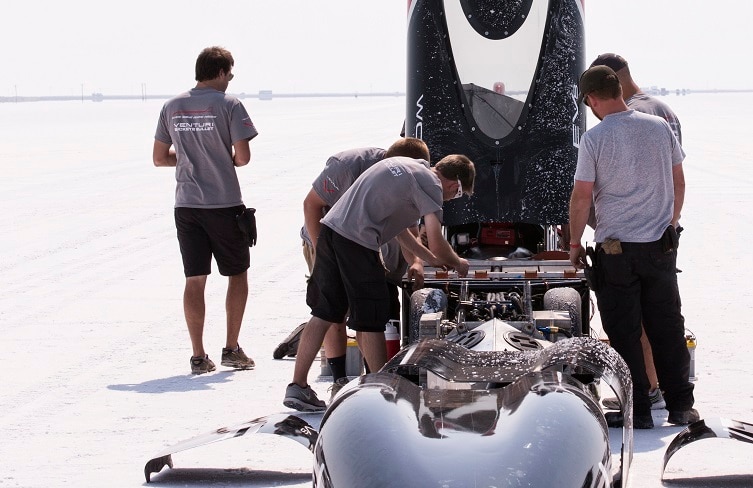
Trend Insight
Racing a Bullet
The Venturi Buckeye Bullet - the electric streamliner developed by students at Ohio State University - has hit speeds past 300 mph on the storied Bonneville Salt Flats. But leaders at TE, a contributor to the project, say its biggest feat may be in the experience and inspiration it gives its young engineers.
Record Setting Buckeyes. The VBB-3 has been designed and built by Ohio State students over the past five years at the university’s Center for Automotive Research in partnership with major sponsor and Monaco-based electric vehicle manufacturer, Venturi Automobiles. TE has donated connectors, contactors and other parts for the vehicle as a component of its global effort to support college engineering programs. The Bullet has set numerous national and world land-speed records and provided a real world challenge and experience for participating engineering students.
Success on the flats
''We’re the extreme end of durability testing.''
- VBB-3 Team Leader Evan Maley
Columbus, OH – As a boy growing up in Cincinnati, Ross Johnstal would cover his family’s dining room table with his slot car track. He and his Dad would race their electric cars around its twists and turns for hours in search of victory.
Years later, the undergraduate electrical engineering student at Ohio State University, is still racing an electric car. It’s just that now it happens to be the fastest electric car in the world, the Venturi Buckeye Bullet, a land-racing vehicle developed by students at Ohio State’s Center for Automotive Research, CAR.
‘’When you see it race there is just nothing like it,’’ said Johnstal, who serves as the electrical team leader on the VBB-3, which was designed by undergraduate and graduate students to exceed 400 mph.
‘’You watch it and you know you helped make that happen. It’s just an awesome feeling.’’
The car’s major sponsor and partner is Monaco-based Venturi Automobiles, which designs, builds and sells electric vehicles. The program is helped by numerous other corporate teammates, including TE Connectivity (TE), which provides high voltage connectors and contactors to the project.
Team Leader Evan Maley, a mechanical engineering graduate student from Worthington, OH, called the support the program receives from TE important to its success.
‘’We’re the extreme end of durability testing,’’ he said. ‘’If you think of the Salt Flats you know that is an extremely harsh environment. Salt gets everywhere no matter how hard you try to seal it out.
‘’But we have not had a single problem with our connectors. Those connectors have been on and off the battery pack more times than we can count in the last three years but they still work just as well as the day we got them.’’
TE Parts on the Bullet
Connecting at record speed
The connectors and parts TE donates to the VBB-3 team have been put to the test in the salty, corrosive, harsh environment of the Bonneville Salt Flats. The 3000hp VBB-3 is propelled by two custom electric motors developed by Venturi Automobiles, and is powered by two megawatts of lithium ion batteries produced by A123 Systems, a Livonia, MI-based maker of lithium ion energy storage solutions.
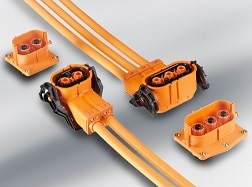
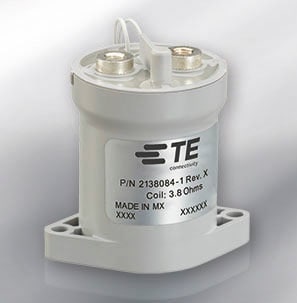
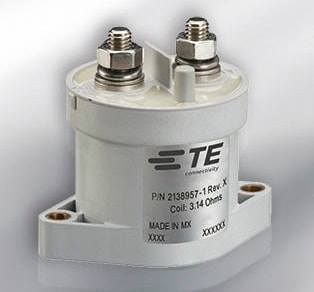
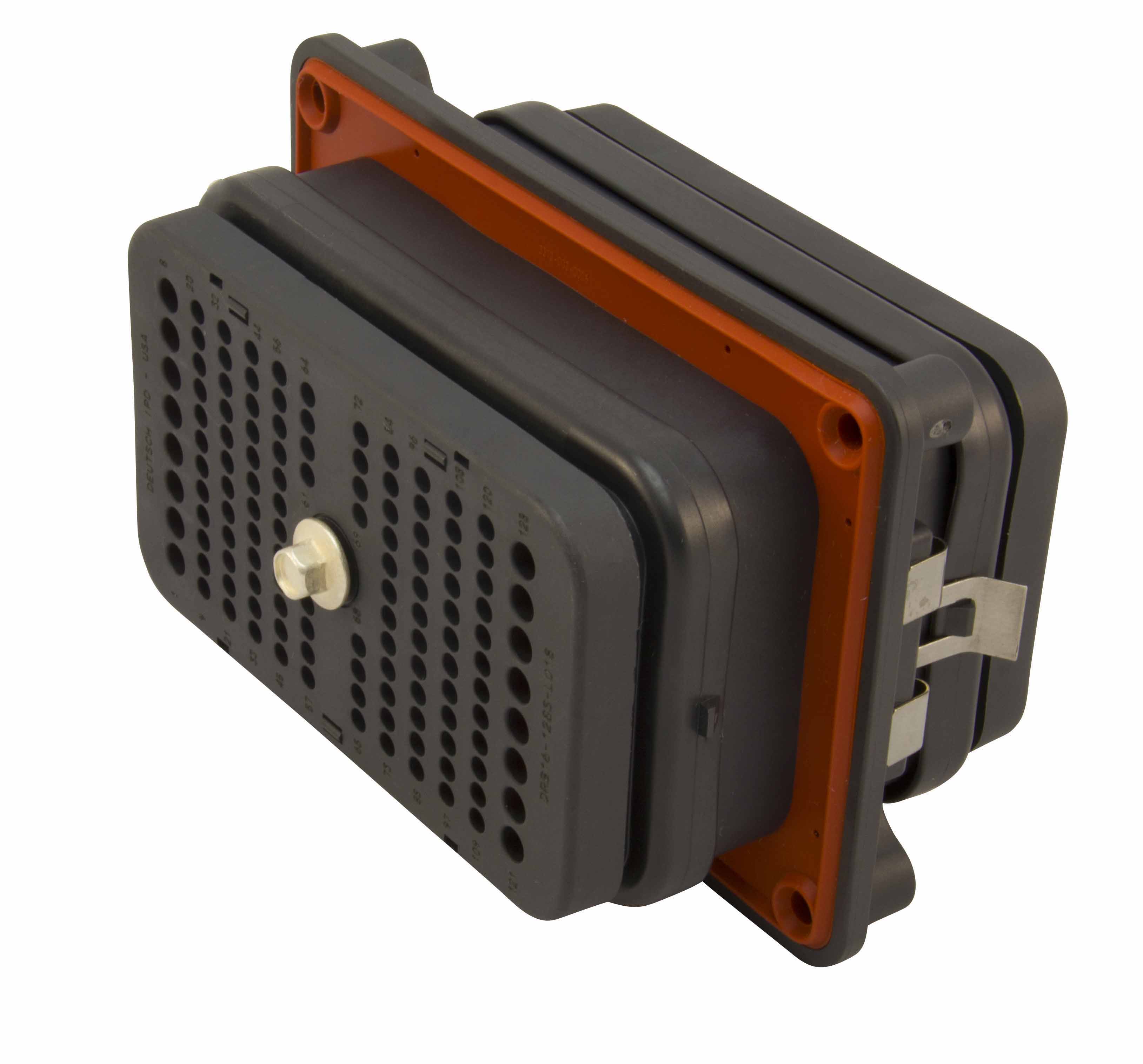
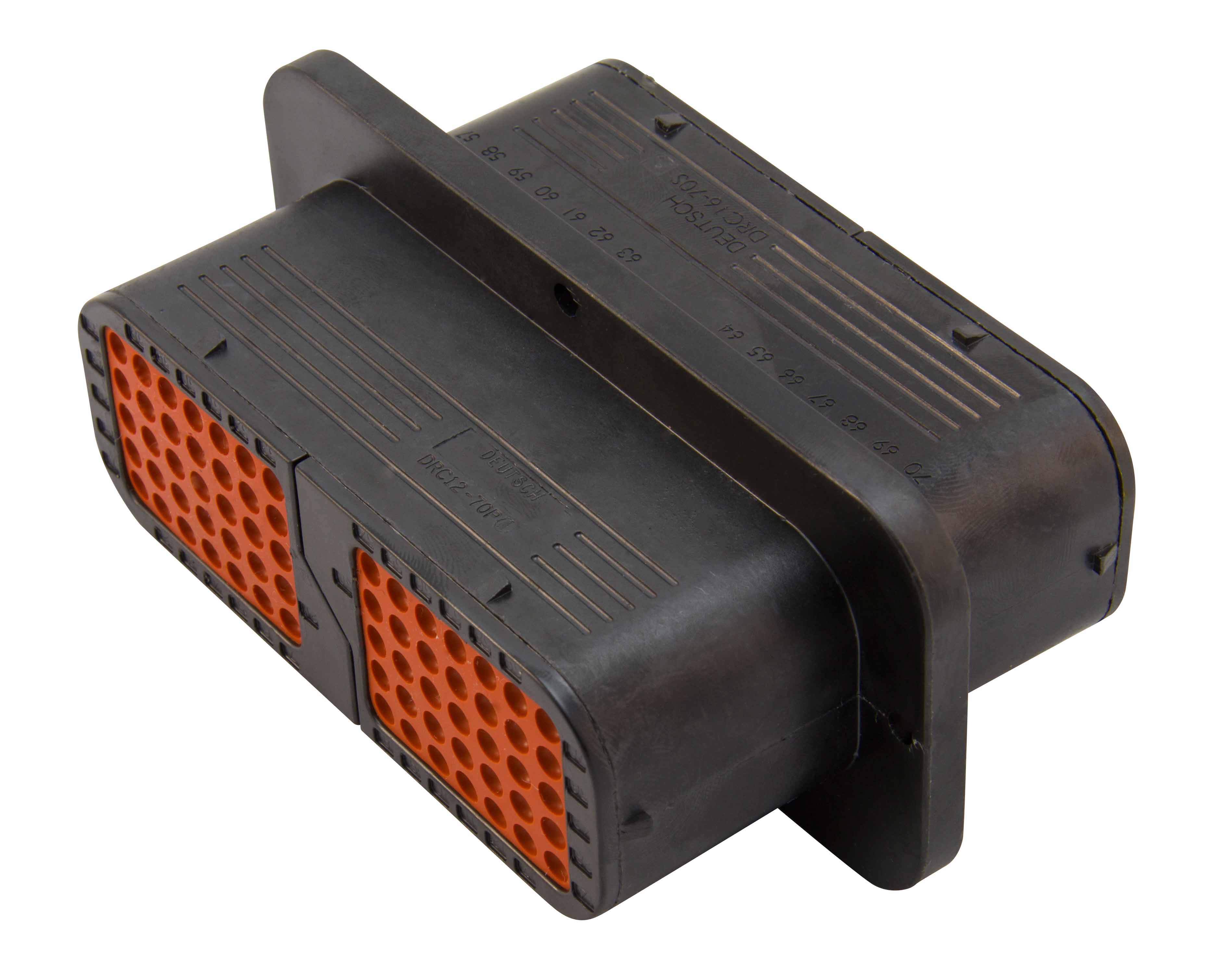
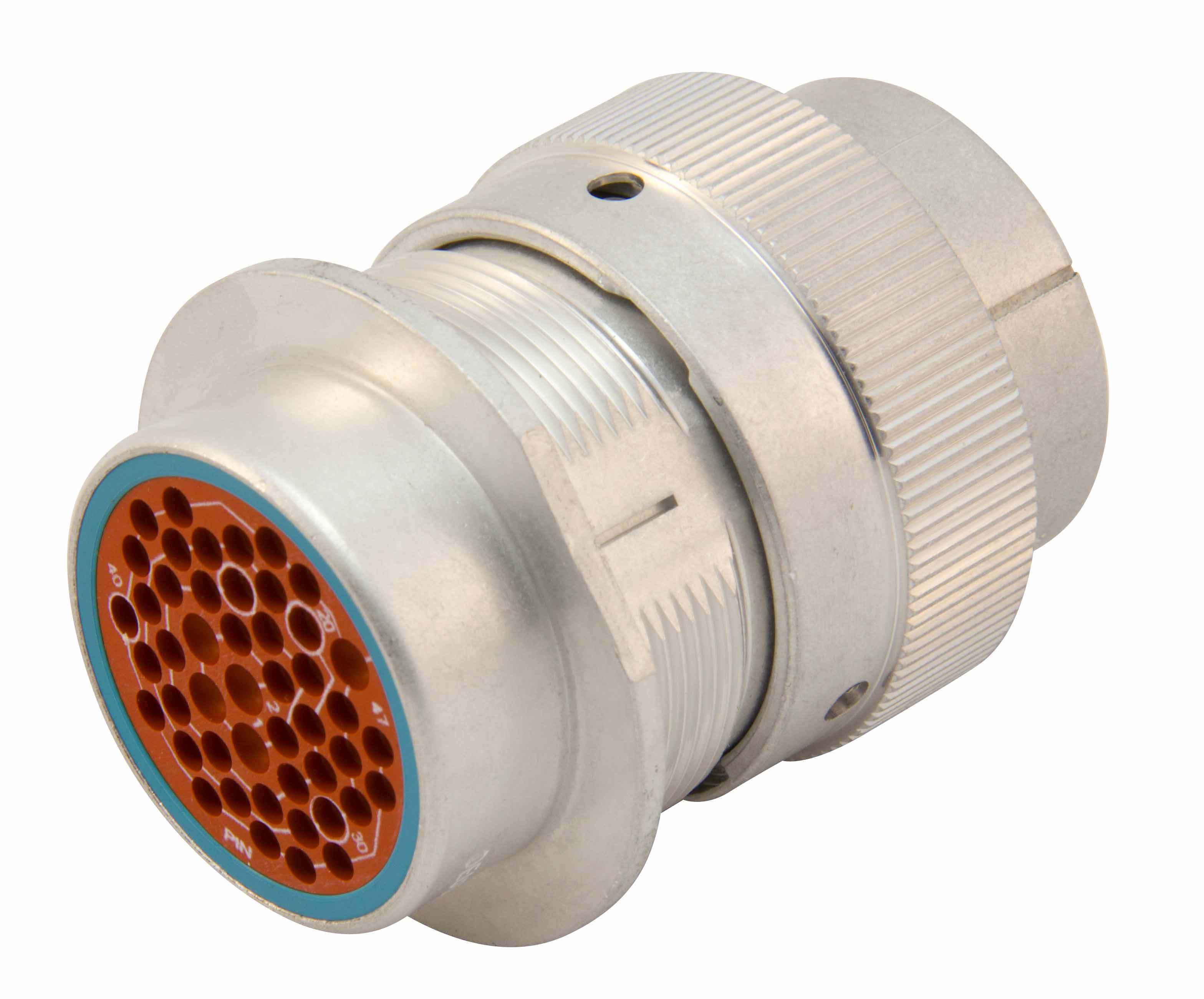
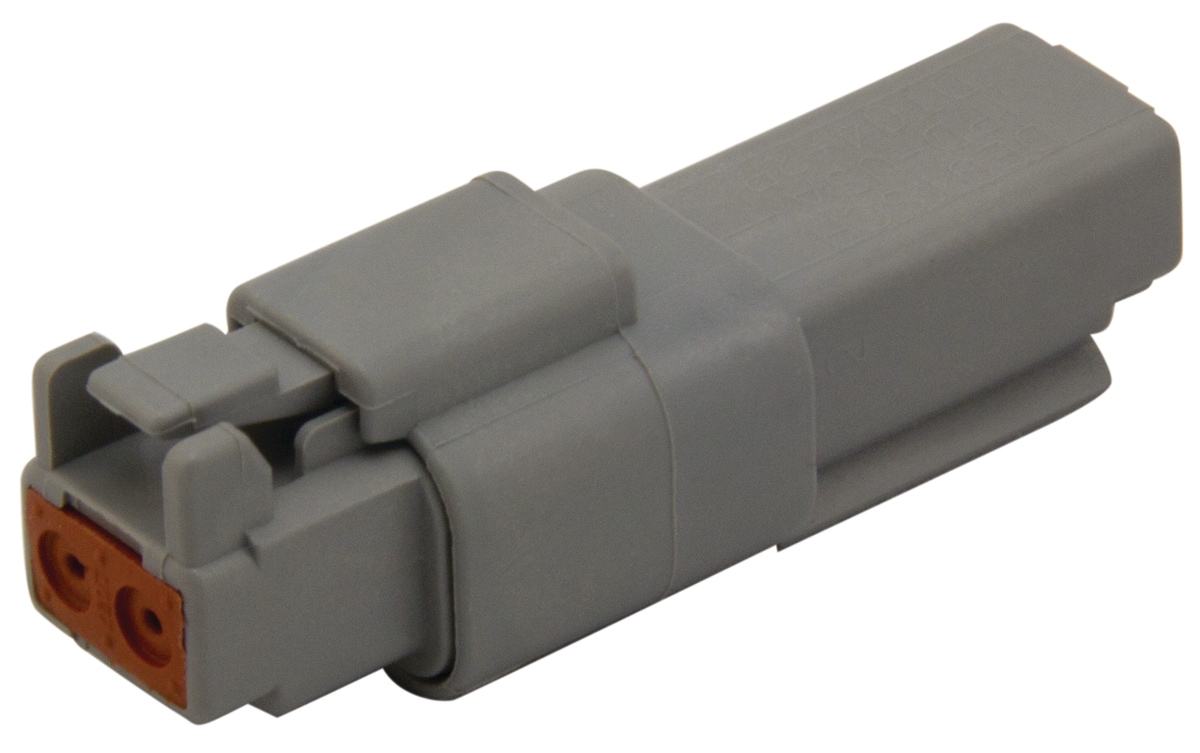
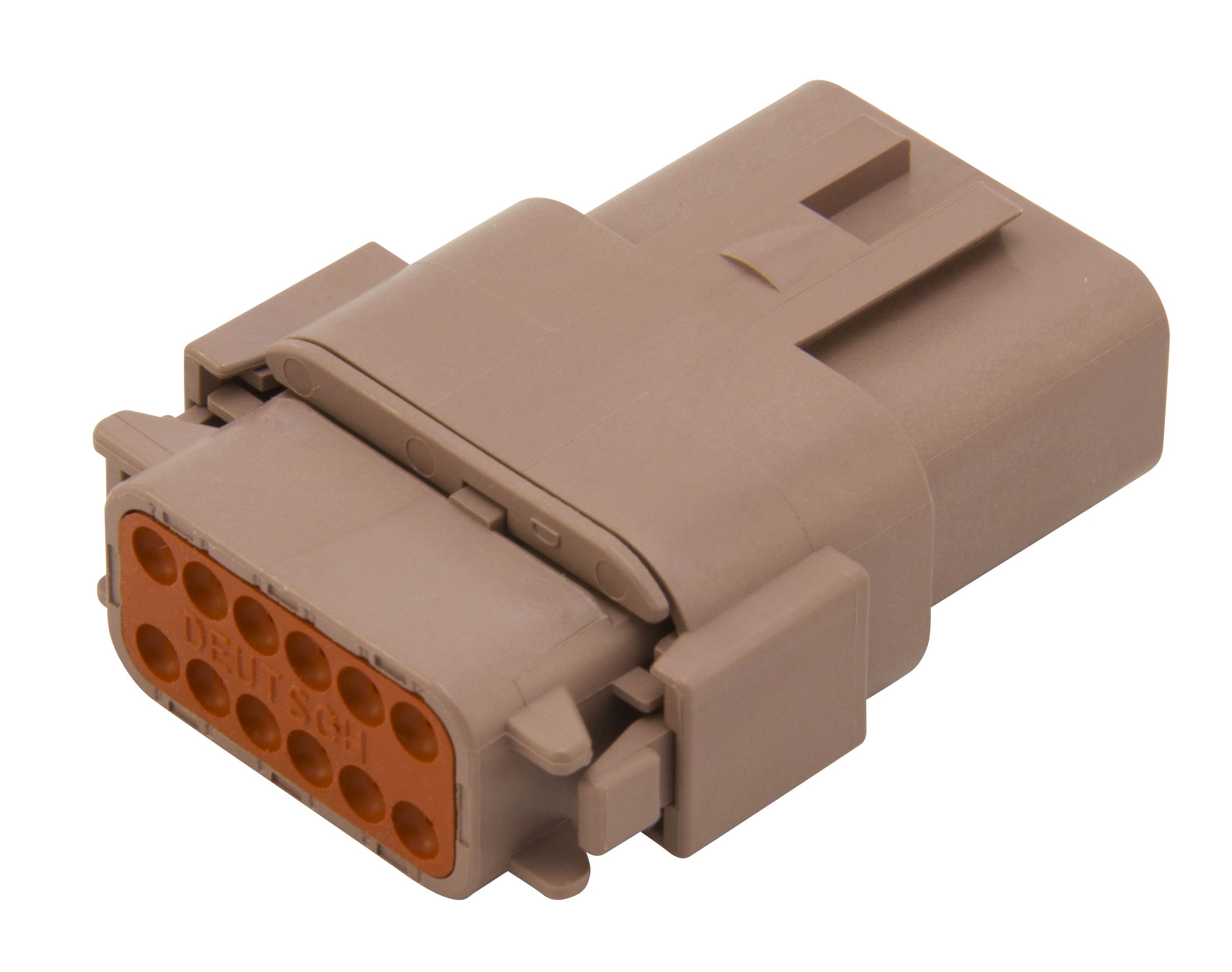
Record Breaking Team
''These kids are hitting the equivalent of the stars.''
- Steve Rohr, director of technology strategy, TE Transportation Solutions
No land-based electric vehicle has ever traveled faster than the VBB.
· In 2004, Buckeye Bullet 1, which used nickel metal hydride batteries, set a national land speed record of 315 miles per hour.
· In 2009, the Venturi Buckeye Bullet 2, the world’s first hydrogen fuel cell-powered land speed electric vehicle, set the international record of 303 miles per hour.
· In 2010, Venturi Buckeye Bullet 2.5 set the record for world’s fastest electric vehicle at 307.6 miles per hour while powered by lithium ion batteries.
· And in August, the team again participated in the international competition that required the car to make runs in opposite directions within 60 minutes. The Bullet averaged 240.320 mph, a new international record for electric vehicles at such an event.
Steve Rohr, director of technology strategy for TE's Transportation Solutions unit, called the Bullet’s record a ‘’huge technical accomplishment.’’
``People often say that when you want to shoot for the moon you better aim for stars,’’ Rohr said. ‘’These kids are hitting the equivalent of the stars. And when you think about it, they did a lot of this in a world before electric vehicles started to become mainstream. If you look at what they have done over the past 10 years, it’s just unbelievable.’’
Just a few blocks from Ohio State’s iconic Horseshoe stadium, where the university fields its football squads, winners of 35 Big 10 championships and eight national championships, the Center for Automotive Research serves as home to teams of students that have won titles of their own.
In the multi-building complex, CAR hosts state-of-the-art facilities doing research for its automotive industry partners, most OEMs and Tier 1 suppliers. And it serves as a workshop and meeting place for student teams building and competing advanced vehicles aimed at a variety of disciplines.
TE’s involvement is with Ohio State’s Bullet program and two other projects. It also works with the EcoCar 3 team, which is attempting to redesign a Chevrolet Camaro into a showroom-ready hybrid-electric vehicle as part of a competition for the U.S. Department of Energy. The company is also involved with the Buckeye Current project, aimed at constructing and competing a fully-operable electric motorcycle.
Walking through the center you can hear motors running, machines humming and rattling, and metal clanging and grinding, as engineering students, backpacks slung over their shoulders, move between classes and working on projects.
‘’We bring a lot of different engineering types together,’ said David Cooke, a mechanical engineering graduate of the university who is now a research specialist with CAR. ‘’We steal people from all departments who want to work on cars. We have about 14 different disciplines in engineering represented here.’’
Cooke, who led the Bullet team from 2008 to 2015, said hybrid and electric vehicles and their components have been one of the many areas focused on by CAR researchers.
‘’We do a lot of testing for the battery companies themselves and for the OEMs on how to understand broad trends,’’ Cooke said. ‘’ We do industry projects that provide the same type of experience students would find in corporate jobs once they are out in the workforce.’’
Hands-On Experience
''I gained a lot of experience here that I never would have been able to get just in the classroom.''
- M.J. Yatsko, engineering graduate student on the EcoCar 3
Chad Taylor, senior manager for business development in TE’s Hybrid and Electric Mobility Solutions group, said TE’s involvement is chiefly aimed at helping improve the educational experience for students in the programs it works with at Ohio State and other institutions around the globe.
But he said TE also benefits by building relationships with engineering students who may someday be employees or go to work at firms that TE could partner with on projects long after they have left college.
‘’These programs are a great recruiting pipeline,’’ Taylor said. “But it also exposes our brand to a whole new generation of engineers. They become familiar with our products, how they perform in some very harsh environments, and exactly when and how to use them.’’
Maley, who replaced Cooke as Bullet team leader just a few months ago, said the experience with the car and the program are considered a huge boost to the resumes of graduating engineers.
‘’There is a reputation and persona for the engineering students that come out of this project,’’ he said. ``We produce very strong engineers who are very devoted to the projects they are working on. One reason for that is that this project forces you to understand every single concept you have learned in the classroom. It trains you to be a very good engineer in a very short period of time.’’
M.J. Yatsko, a graduate student in mechanical engineering from Westerville, OH, called her involvement in the EcoCar 3 project, an ‘’invaluable experience.’’
‘’It’s a hands-on experience in automotive,’’ said the EcoCar team leader. ‘’You’re involved in everything from design to controls development to implementation. I’m hoping to use what I’ve done here to land a job at an auto maker, hopefully in their hybrid-electric unit. I gained a lot of experience here that I never would have been able to get just in the classroom.’’
